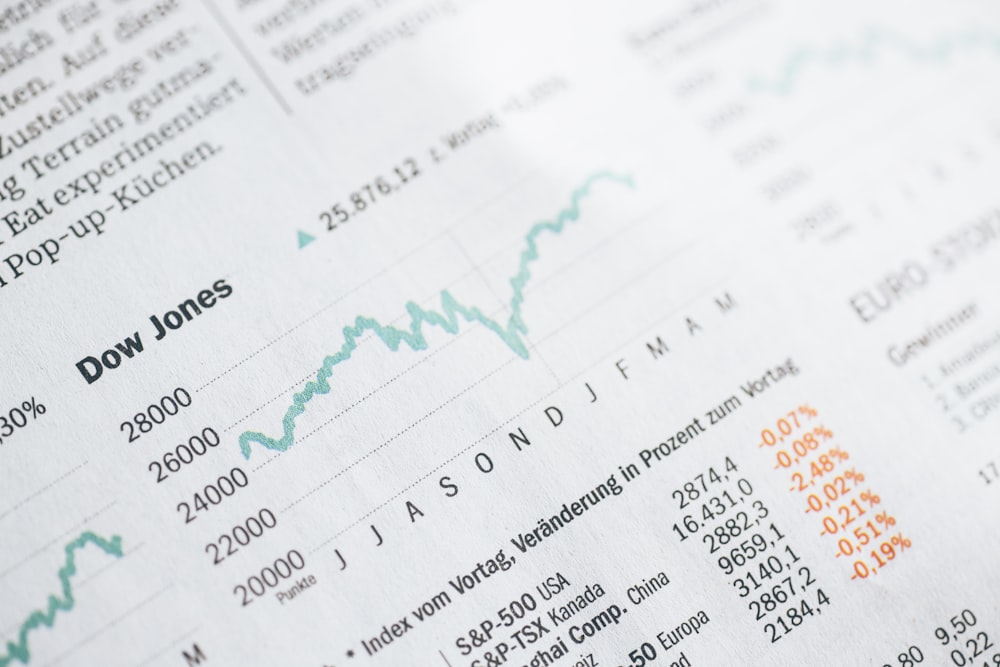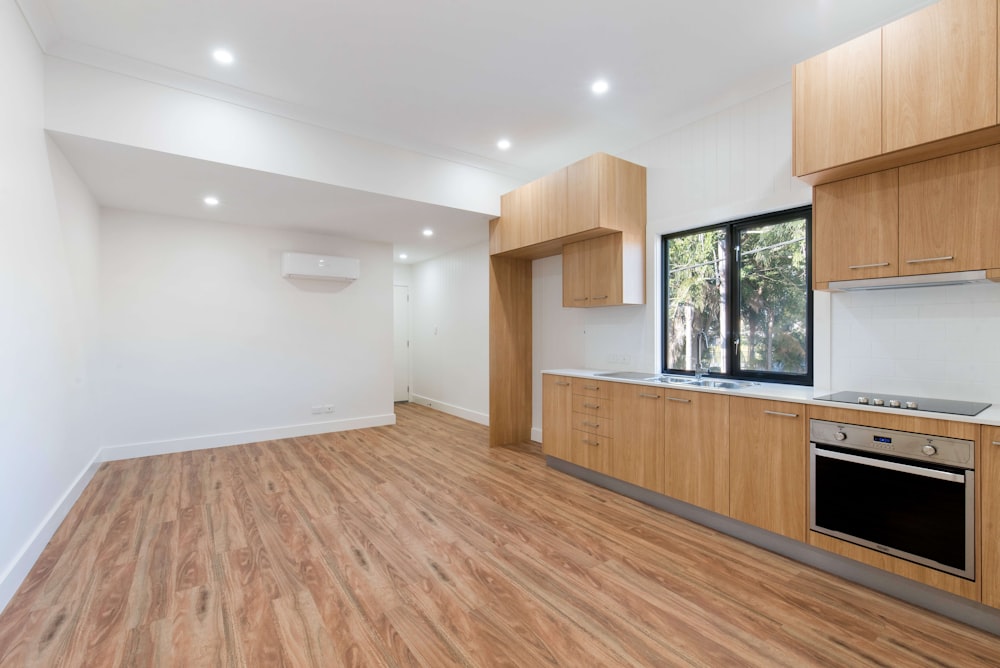Last updated on June 23rd, 2021 at 05:44 pm
Table of Contents
Delaware Statutory Trust Rate of Return
If you are looking to do a 1031 exchange DST, you’re probably wondering what the typical Delaware Statutory Trust Rate of Return is. The biggest advantage of Delaware Statutory Trusts is that they’re a stable, passive investment. Their yield will be around the same or lower compared to a direct property investment where you handle property management on your own. That said, many real estate investors who are tired of tenants and looking to do a 1031 exchange choose the Delaware Statutory Trust and are happy with its rate of return.

Many DST brokers advertise between 4-9% cash-on-cash yield. Aside from looking at the fancy graphics and messages on their websites, we wanted to dive deeper into Delaware Statutory Trust rate of return. Are investors truly getting 4-9% rate of return on their Delaware Statutory Trust? This article examines what’s going on in the marketplace, and if that’s realistic. The Delaware Statutory Trust is a fantastic investment option, and its rate of returns are great for those looking for passive ownership.
What Rate of Return or Yield Can I Expect from a Delaware Statutory Trust?
Each Delaware Statutory Trust property or portfolio of properties serves a different type of investor. For the most part, the Delaware Statutory Trust rate of return or yield you can expect depends on how much risk you are looking to take. It is similar to direct property investing – properties in stable, high-income areas tend to have a lower rate of return but are considered safer. Properties located in more rural, newer areas tend to have more risk, and subsequently earn a higher rate of return or yield. In particular, self-storage tends to have the highest Delaware Statutory Trust rate of return. This is due to their fairly low management costs and recession-resistant business model.
Each deal is different, but the type of property you’re looking at generally dictates the Delaware Statutory Trust rate of return. On the least risky end of the spectrum, multi-family housing like apartments or duplexes tend to yield between 4-6% in cash on cash return. Like traditional real estate investments, multi-family housing is considered lower risk because even with a bad recession, people will always need a place to live. Delaware Statutory Trust rate of return on apartments and duplexes is lower, but you have a much lower risk of losing money due to vacancies.
On the other hand, retail, industrial, and other commercial Delaware Statutory Trust investments usually offer a higher rate of return. While some are considered as safe as multi-family investments, some of these investment’s rate of return can be in the 6-9% range, or even double digits. Note that this is the cash-on-cash monthly distribution. Yes, Delaware Statutory Trust rate of return includes the “mailbox money” you’ll receive every month. This return does not count the appreciation the property accumulates while you own it. Since DSTs are usually held for 5-10 years, the price appreciation is where you tend to make the most money.
Delaware Statutory Trust Rate of Return With Appreciation

The Delaware Statutory Trust has two types of rate of returns. The first is the monthly cash-on-cash distribution, which comes every 30 days and is pure “mailbox money.” The second Delaware Statutory Trust rate of return comes from the appreciation when the property is sold. Many investors give the advice that you should focus on the cash flow of a property, and any appreciation is considered icing on the cake.
With the Delaware Statutory Trust, we see yields and rate of returns relatively low due to low interest rates and their relatively safe nature. With appreciation, the overall rate of return of the investment is boosted. If you’re searching for yield, choosing a DST property that has high potential for appreciation is our number one way to increase your Delaware Statutory Trust rate of return.
Not sure how to choose a high appreciation potential Delaware Statutory Trust property? We have some tips for getting a high rate of return on your DST property:
- As with all other real estate transactions, the three most important rules are location, location, and location. For Delaware Statutory Trust investors looking for a high rate of return, make sure the location is a good one
- For multi-family Delaware Statutory Trust investments, check to make sure the neighborhood is low-crime, medium to high income, and growing. If you can, try to find out how much inventory is currently available in the area.
- For commercial properties, the characteristics of a high yield Delaware Statutory Trust property can vary immensely. The location comes first, however. Make sure the property is in an easy-to-reach location. If it’s a retail property, make sure it’s visible from the highway or on a major road.
- Look at comparables for similar Delaware Statutory Trust or other properties. If the property you’re looking at is priced at a significant discount, there might be a good reason for that. If it’s in line with the rest of the market, ask yourself if this is the right market you want to be in?
- Another tip for getting appreciation and yield on your Delaware Statutory Trust property is to be aware of the business and political situation in the market or state. Is a major employer leaving town, or is a major company building an office in that town? What are the property tax rates, and is the state or local government well funded? Will they need to raise property taxes to balance their budget? All of these are important factors as you seek out a Delaware Statutory Trust property with a high rate of return
Delaware Statutory Trust Properties with Highest Rates of Return
If you are looking for a Delaware Statutory Trust with the highest rate of return or yield, we have some advice. Most of the DST brokers out there have access to the exact same properties any other DST broker does. Be suspicious of any broker who says that they have access to proprietary deals that have a higher than usual rate of return. For any increase in yield or return, there is almost always an increase in risk of the property.

For first time Delaware Statutory Trust investors, we recommend starting with a smaller amount of money in a less risky property. Usually, this means investing in some type of multi-family housing such as apartments. The Delaware Statutory Trust rate of return for this type of investment typically ranges between 4-6% cash-on-cash return. This is a great starting point for those new to the Delaware Statutory Trust.
For more experienced real estate investors, a higher risk and higher return Delaware Statutory Trust may be a good fit. Properties such as industrial, retail, or self-storage tend to have a higher cash-on-cash return. Usually in the range of 5-9%, these properties are a good fit if you know the market well. Maybe most importantly, commercial properties can have more potential for appreciation depending on the market. That’s the best way you can maximize your Delaware Statutory Trust rate of return, or yield.
Conclusion – Delaware Statutory Trust Rate of Return
In conclusion, we hope this article helps you understand what kind of rate of return you can earn from Delaware Statutory Trust properties. They are an excellent asset class for investors looking for something truly passive. Although they don’t yield as much as owning property directly, the trade-off is that they require zero thought. Delaware Statutory Trust Rate of Return with mailbox money is amazing when you consider the amount of time needed to invest! Before choosing a Delaware Statutory Trust Property, do your homework on the location, market, and type of property. All of these are the main drivers in the Delaware Statutory Trust appreciation you can earn, which will affect your final rate of return.